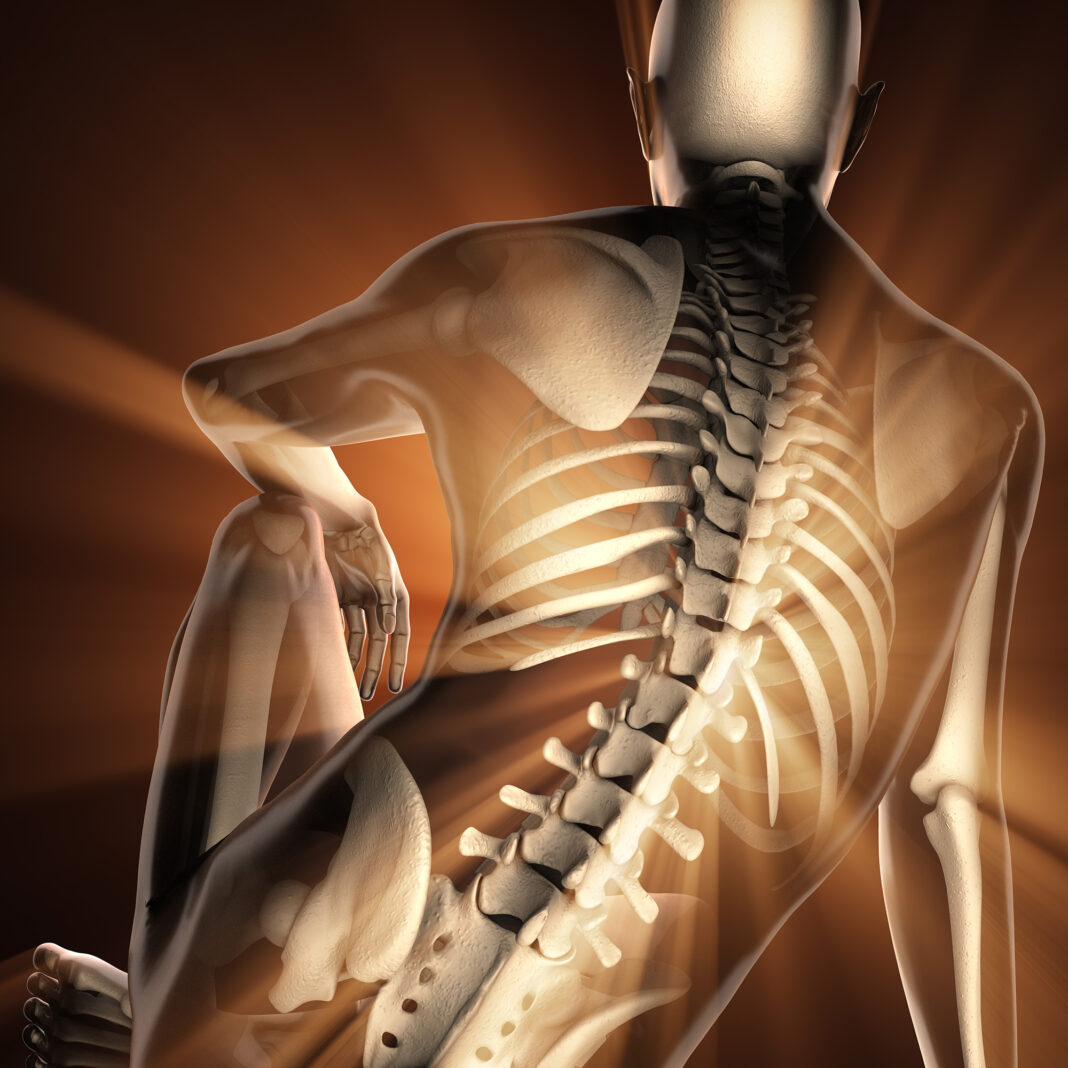It’s not uncommon for patients experiencing low-back and leg pain to claim they’re dealing with sciatica. But there are some misconceptions about this affliction that deserve to be cleared up.
Sciatica is essentially pain that starts in the lower back or buttock area and radiates down the leg. The pain is usually behind the leg and can go all the way to the foot. Like most pain problems, there is a wide range of intensities, but people with sciatica often describe having intense pain, numbness, or a tingling sensation along the back of the leg.
The sciatic nerve is the largest peripheral nerve in the body. It exits the pelvis in the buttock area and runs down the back of the thigh. Just above the knee, it divides into several branches, with some extending down into the foot. Sciatica refers to a set of symptoms that arise when the nerve is irritated or compressed.
Symptoms
When compressed or pinched, the sciatic nerve typically sends painful impulses down the back of the leg. Although it usually occurs on one side of the body, it is often quite painful and sometimes disabling. While some people experience one acute episode, more commonly others suffer from persistent or recurring attacks of sciatica.
Causes
There are several causes of sciatica, including pressure on one of the nerve roots which blend together to form the sciatic nerve. These nerve roots can be pressed on by a bulging or herniated disc or by unwanted bony formations at the spine. Another common cause is when the piriformis muscle in the buttock tightens excessively. This is called piriformis syndrome. The sciatic nerve and the piriformis muscle exit from the inside to the outside of the pelvis through the same notch, so they are very related. Approximately 10-20 percent of people have the sciatic nerve passing through—not beside—the piriformis. If you are one of the “lucky” ones to have this anatomical characteristic, you are certainly more prone to this version of sciatica than the average person.
The discs in the spine act as shock absorbers and provide space for the nerves to exit the spine. However, the nerve roots exiting the spine can be pressed on by either bulging or herniated discs. If there is sufficient compression of the disc, it is simply squeezed outward from between the vertebrae, like the gooey center of an OREO cookie.
Sometimes the discs are damaged during acute injury or deteriorate due to decades of dysfunctional pressures. A herniation occurs when the outer wall of the disc gives way and allows the jelly-like interior material to leak out. This disc material can come in contact with a nerve root that is part of the source of the sciatic nerve and cause pain.
Diagnosis
To diagnose sciatica, a primary care provider (medical doctor, chiropractor, or physical therapist) can obtain a medical history and perform a physical exam. A neurological assessment can be conducted to determine the location of the primary lesion. In some cases, a CT scan or MRI may be necessary to pinpoint the exact cause and source of the symptoms. For complex cases, a neurologist may perform a nerve conduction study to evaluate nerve function, assess the severity of nerve damage, and precisely identify and differentiate the location of the affected nerve.
Treatment
Most physicians will initially recommend conservative treatments for sciatica. Although a few days of rest and prescription pain pills will sometimes decrease the acute nature of the symptoms, it almost never results in lasting relief. If conservative care doesn’t result in a solution, your physician is likely to want to talk about steroid injections, laser ablation, or surgery, all of which come with their own list of cautions, from being unreliable methods of sustainable relief to lacking enough thorough research.
Posture Re-Education: An Effective Solution
One of the most effective, lasting, and non-invasive solutions for sciatica is posture re-education. By addressing the underlying biomechanical issues and misalignments, you can significantly reduce or even eliminate sciatic pain. Studies have shown that corrective exercises focusing on posture improvement lead to substantial pain relief and functional improvement in patients with sciatica. Another study highlighted the effectiveness of specific corrective exercises for postural improvement in alleviating sciatic symptoms.
Get an expert assessment to identify the source of your sciatica. Once you understand the nature of your sciatica, the path to a solution becomes more obvious. Nobody can solve a problem they don’t understand. Sciatica should not be a source of worry; it can be solved by releasing the dysfunctional stresses that are the root cause of the problem. Get smart, then get healthy.
This article has been edited for length and republished with permission from alignmentfirst.ca.
You may also like: Master Your Back Pain

Read This Story in Our 2024 Summer Outdoor & Travel Issue
Featuring Canadian Taekwondo Olympian, Skylar Park. Must-visit adventure destinations across Canada. Your best trail running season ever with FAQs and threshold training plans. How (and why) gravel biking can rule your summer. Essential preparation to stay injury-free during hikes. Zero-waste your hiking and camping trips like a pro. Treat yourself with a Rustic Strawberry Chocolate Tart or Dairy-Free Vanilla Ice Cream, and so much more.

















